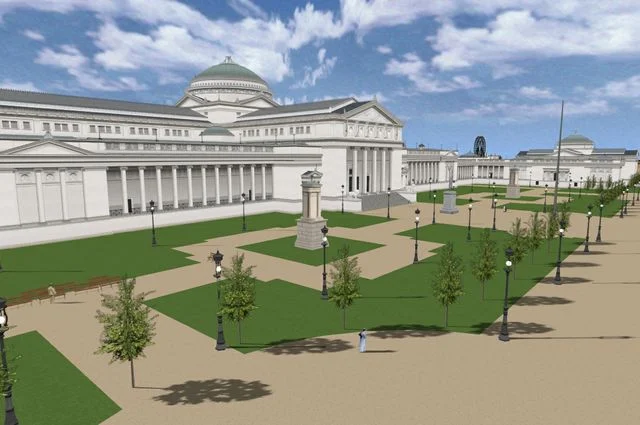An article in Aug 11, 1934, The New York Amsterdam News trumpeted “Henry Ford Has Negro Demonstrator at Fair,” featuring an African American presenter at the Ford Pavilion, Claude Harvard. As one of the few African American presenters at A Century of Progress, Claude Harvard quickly gained notice. While there was no explicit segregation at the Fair’s exhibits, companies provided their own employees and presenters, and the overwhelming majority of those were white. The exception that proved this rule was Claude Harvard, who was a Ford engineer, selected to be one of the presenters at the Ford building, demonstration one of his own inventions.
Claude Harvard was born in 1911 in Dublin, Georgia, and later moved to Michigan with his family as a young child. Showing technical aptitude from a young age, Harvard went to the Henry Ford Trade School starting from the age of 15, and upon graduation, was hired by Ford in 1932. While working at Ford, Harvard was a success, creating several patented inventions, then presenting his own work at A Century of Progress in 1934. Ford forced him out of the company in 1938 when Harvard became separated from his wife, since the morally stringent Ford would not hire divorced employees. Harvard’s engineering career continued long after the Fair, racking up inventions and accomplishments over the years. After Harvard left Ford, he worked at the U.S. Tank-Automotive Command until 1977. Harvard’s Oral History is in the Library of Congress as part of the The Civil Rights History Project.


